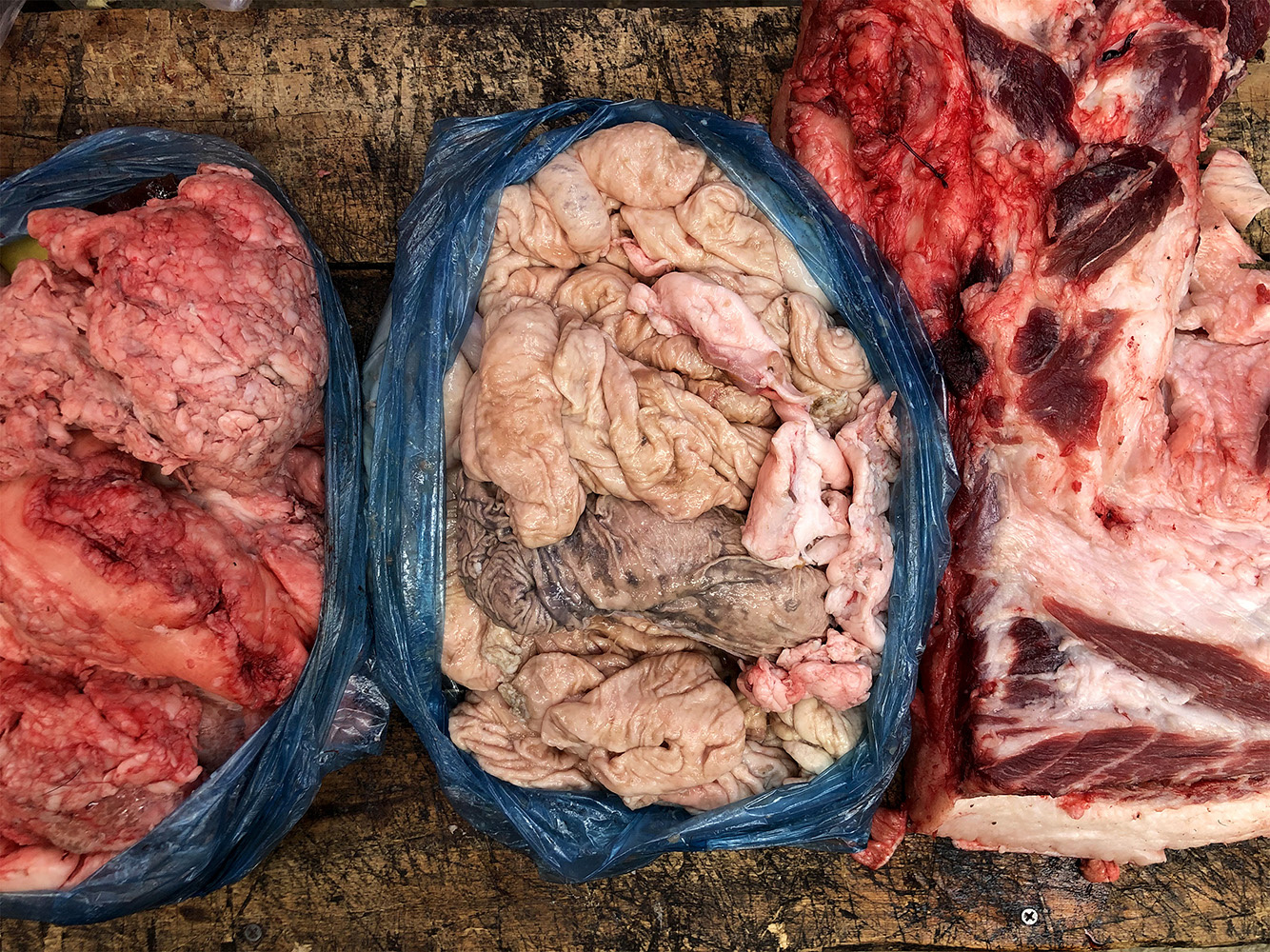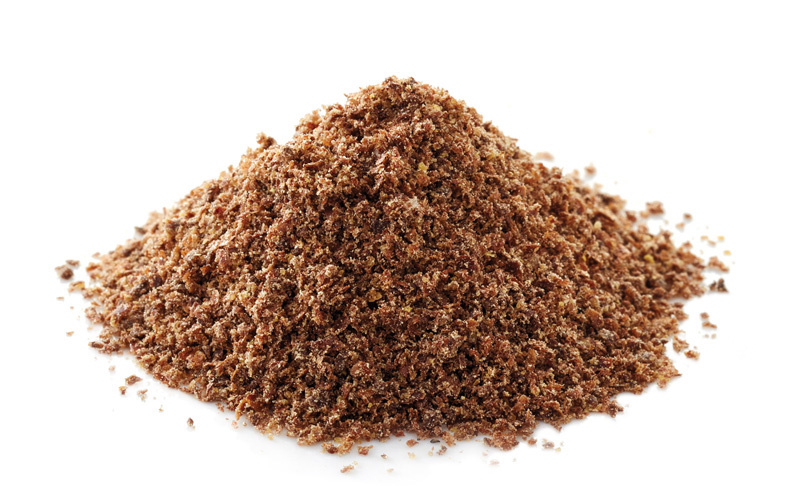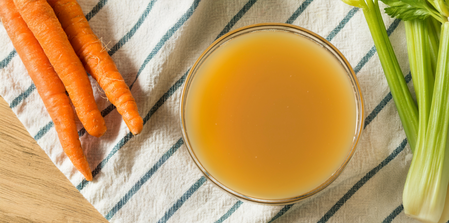Unmasking Mystery Meats

We want to feed our pups with the best quality foods, but sometimes it is very difficult to know exactly what kind of ingredients are in their meals. The truth is, there's a lot of mystery meat in pet food, and it’s difficult to tell which ones are safe and healthy for your pup.
Most pet food on the market is categorized as Feed Grade and can be bought in various forms, such as kibble, canned food, dehydrated, freeze-dried, or raw. If pet food is Feed Grade, pet food companies are legally allowed under the FDA and state laws to include contaminants such as pesticides and chemicals, unhealthy meats, and by-products. They may also include rejected meats, like diseased or dead animals - basically anything that isn't considered suitable for human consumption. Because of these low standards, there's no guarantee of safety or nutritional value in your pets' food.
Here are the most common meat categories you’ll find on an ingredient label and what they mean:

By-Products
By-products are leftovers from animals slaughtered for human consumption and can include lungs, stomach, and intestines. Allowable by law, by-products may also contain unhealthy sources such as roadkill, dead zoo animals, or diseased livestock. While these low-quality sources do not meet requirements for human consumption, they can still be used in pet food. Some by-products are labeled by the animal, such as “chicken by-products,” others contain no label and are a meat mystery. We don't recommend buying pet food containing by-products.

Meat Meal
Meat meal is a highly concentrated powdered form of protein made by boiling down and cooking animal tissues and remnants at extremely high temperatures. Meat meal is not consumable for humans. Meal consists of animal by-products such as flesh, muscles, fat, hair, horns, hides, and stomach contents. Over 65% of pet food meat comes from healthy, USDA-inspected animals rendered at integrated facilities, resulting in a quality, nutrient-dense powder. But some meals act as fillers in pet food, made from meat unsuitable for human consumption and rendered in facilities that collect material from every imaginable source, including slaughter floor waste and expired grocery store meat. At a minimum, avoid “meat meal” or “animal meal” and opt for specific meats, such as “chicken meal” or “beef meal.”

Meat
Meat in pet food is required to be the flesh from slaughtered mammals and does not include bone, but it can include parts of the animal not typically considered to be meat in human food, like the heart or stomach. Poultry meat, however, can include any combination of flesh, skin, or bone but must be free of feathers, heads, feet, and intestines. Meat can include USDA inspected and approved meat (Human Grade), USDA inspected and condemned meat, and meat sourced from animals never inspected by the USDA. It's worth mentioning that Feed Grade meat is not required to be USDA inspected or approved. In general, pet parents should choose meats specified by species, like "chicken" or "beef," avoid generic "meat" options, and opt for human grade if possible.
Being confident that your furry friend is eating quality meat is not an easy task if you’re feeding a commercial diet. Your best bet is to look for foods that contain terms like “made with meat fit for human consumption”, “made with human grade meat,” or “made with only USDA inspected meats.” on the food package. At Fetch, we carry a wide variety of human grade pet food brands like A Pup Above, The Honest Kitchen, or Stella and Chewy’s.



